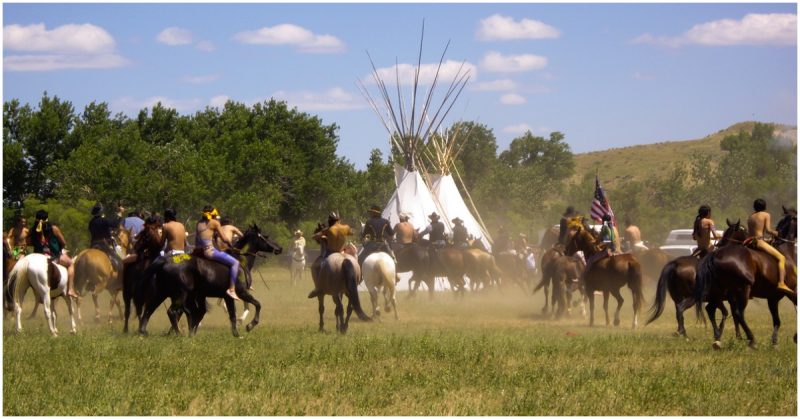Though a relatively small war, the Creek Indian War of 1813-14 was full of larger-than-life characters. From native prophets to a future president of the United States, it was the testing ground for some fascinating and sometimes very capable commanders.
Red Eagle
Also known as William Weatherford, Red Eagle was half Creek Indian, half Scottish American. He was a trader living and working in the region where whites and natives mixed. As war broke out and his community was torn apart he had to choose a side.
Siding with the Creek rebels, Red Eagle became one of their most charismatic and capable leaders, leading them to such victories as the capture of Fort Mims. His was a tale of daring deeds, creeping up on enemy camps undetected, and of bold escapes, such as his leap over a bluff and into a river to evade American troops.
When his side was defeated, Red Eagle surrendered to Andrew Jackson, the leader of the American forces. He went on to become a successful planter.
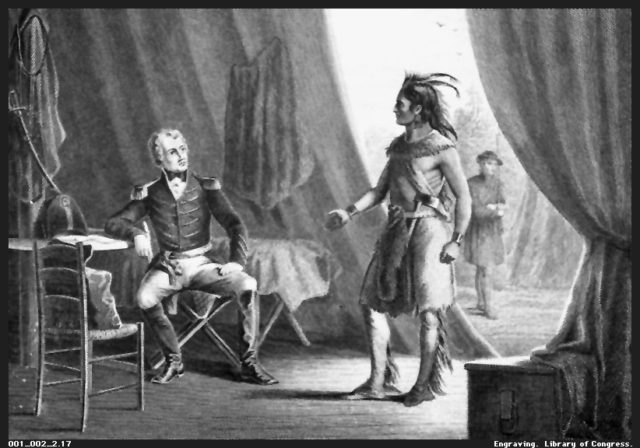
Andrew Jackson
Before he was the seventh president of the United States of America, Jackson was a lawyer, politician, and military officer. His political and military power base lay in his position in the Tennessee militia, where he was made a colonel in 1801.
Jackson’s most famous military action came in the War of 1812, with his defence of New Orleans in 1815. The Creek War was related to the War of 1812, being supported and stirred up by British agents in the United States. Jackson’s part in the Creek War, therefore, contributed to the war that would make him famous.
Put in charge of the campaign against the rebel Creek tribes, Jackson turned the American forces’ previously inconsistent performance into a steady drive towards victory. Using the greater resources of the US and state governments, he was the man who broke the rebellion and won the war for the USA.
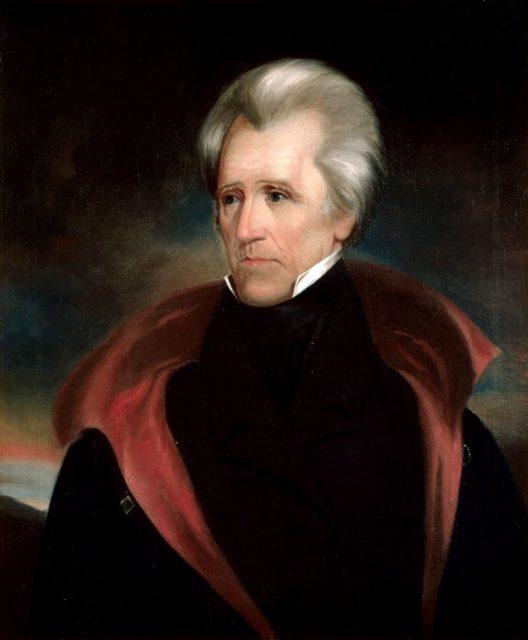
Major Beasley
A commander of the American forces early in the war, Beasley was put in charge of the defense of Fort Mims. He reinforced the defenses and organized the troops, making the place more defensible. Beasley was confident that he had done what he needed to.
This overconfidence would get Beasley and most of his men killed. He didn’t take the Creek threat seriously enough to maintain a high level of discipline and caution at the fort, ignoring warnings he received. Red Eagle and his troops were able to creep up to the fort unseen, storm the open gate and overrun the defenders. Almost everyone inside was killed.
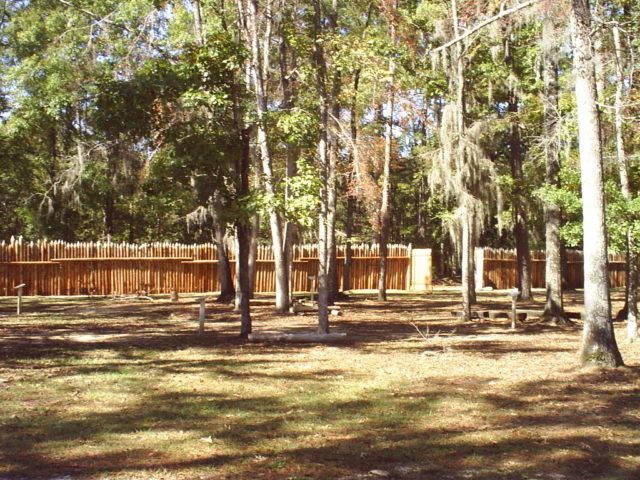
General Ferdinand Claiborne
The brother of the governor of Louisiana, General Claiborne commanded the Mississippi militia in the Creek War. Advancing up the Alabama River, Claiborne built fortifications including Fort Claiborne, which he used to push the Creeks out of the area. On the 23rd of December, 1813, he defeated Creek forces at the key Battle of Holy Ground. This not only weakened the rebels militarily but demonstrated the limited value of the holy protections their medicine men said would guard them.
Claiborne’s actions drove the rebels east, into the waiting arms of Jackson.
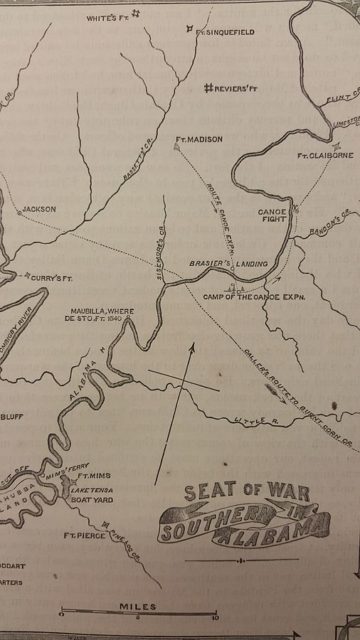
Prophet Francis
Among the religious leaders who blessed the Holy Ground was the half-breed medicine man Josiah Francis. Like other Creek prophets, Francis taught that if the natives threw off settler ways, then those settlers would be driven out by divine intervention and the strengthened Creek tribes.
Francis was also a military leader who led raids against American settlements and military posts, including forcing the abandonment of Fort Sinquefield.
John Coffee
A colonel and then general of the American militia troops, John Coffee was Jackson’s advance commander in his campaign against the Creeks. A brave and capable soldier, Coffee led his brigade, which consisted mostly of militia and Native Americans, at the battles of Tallushatchee, Talladega, Emuckfaw, and Enotachopo Creek. Severely wounded in the last of these battles, he continued to command his troops in the fight.
Once he had had time to recuperate, Coffee returned to action as one of Jackson’s most capable commanders in the remainder of the war. The two men worked well together, and Coffee would go on to work for Jackson in other capacities. He led a brigade made up mostly of natives and free blacks against the British at the Battle of New Orleans. During Jackson’s presidency, Coffee acted as his representative in negotiating with native tribes. He even protected Jackson in his personal life, knocking an assailant down the stairs in Nashville in 1813.
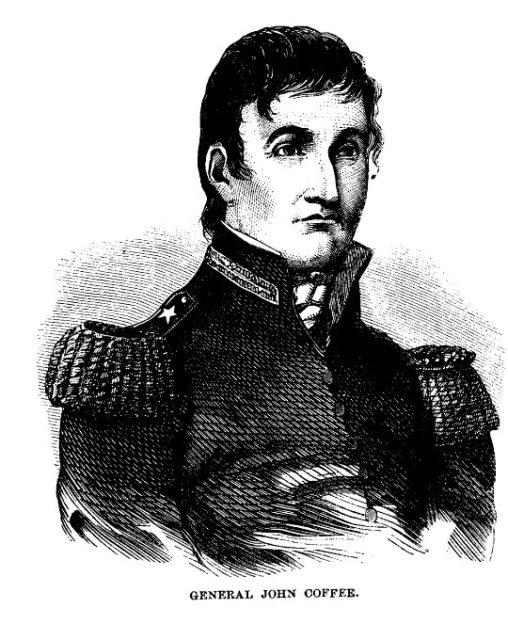
General John Cocke
The commander of troops raised from East Tennessee, Major General Cocke did not work well with Jackson as overall commander. Rather than swiftly join up with Jackson’s forces, Cocke initially conducted his own campaign, raiding native settlements. This may have been due to regional rivalries, personal differences, or Cocke’s own beliefs about how the war should be fought. Regardless, it resulted in an attack on a village Jackson had already made peace with, and in troops reaching Jackson so late that their terms of service were almost over.
When Cocke was sent to bring more troops to Jackson, arguments over terms of service caused a mutiny among the men. Jackson blamed Cocke and had him court-martialled. Cocke was found innocent but still came out of the war with his name tarnished.
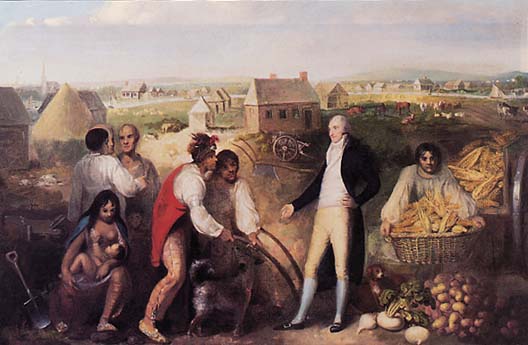
General Flournoy
The Commander of the Seventh Military District, General Thomas Flournoy was another commander who became a liability for the Americans. A cautious man, he preferred a defensive war to an offensive one and was wary of any action that might go against treaties, even after the outbreak of war. Claiborne, who served under Flournoy, was initially held back by his superior’s attitude. It was only when Jackson took the opposite approach to Flournoy, going on the offensive, that the army was able to put down the rebellion.
